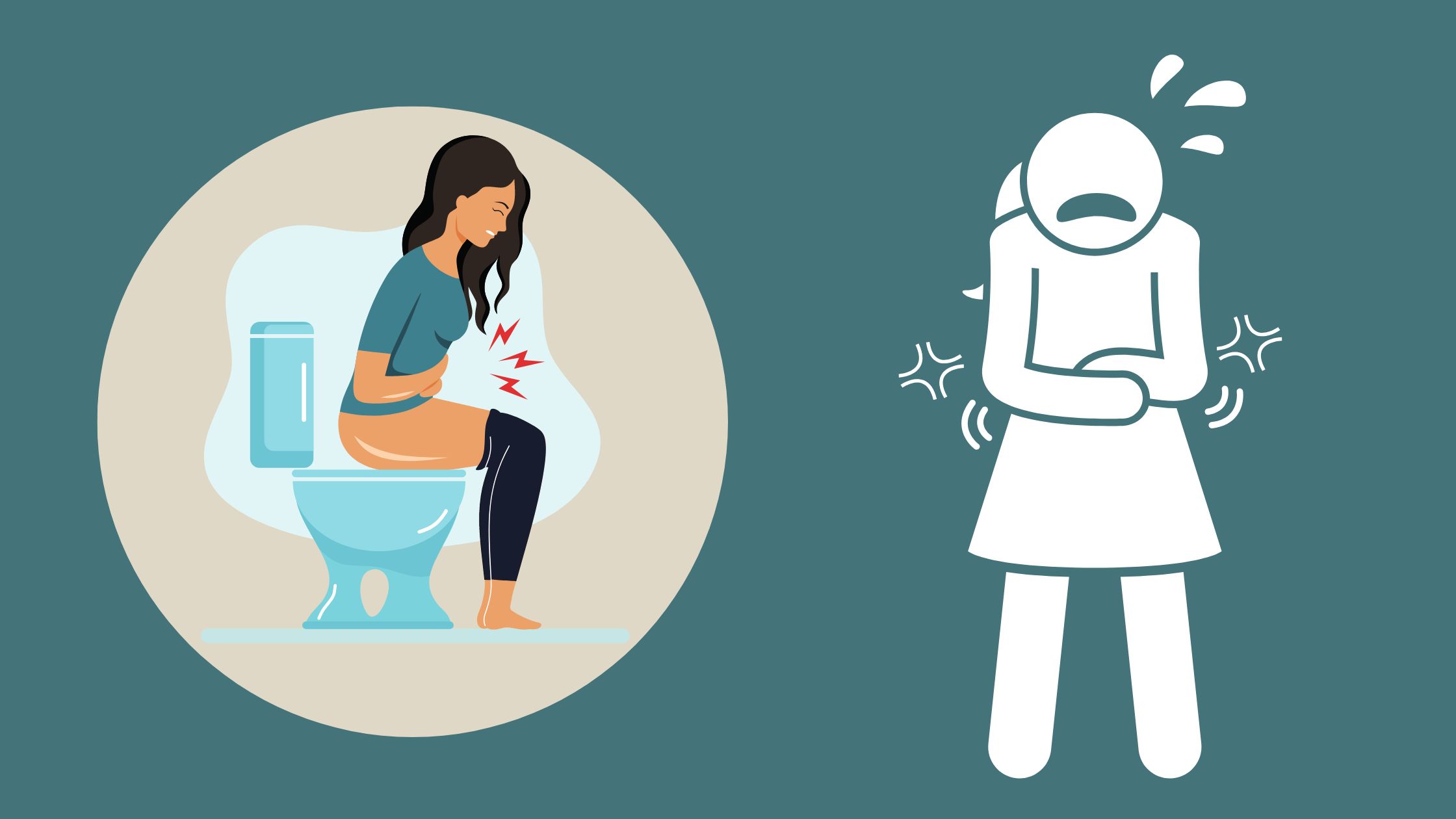6 Signs and Symptoms of Fibromyalgia
Fibromyalgia can be confusing and overwhelming, often leaving people feeling misunderstood. Doctors don’t know exactly what causes it, but it changes how your brain processes pain, making even light touches hurt. In this article, you’ll learn about the main signs and symptoms of fibromyalgia.

Pain Throughout Your Whole Body Is the Most Noticeable Sign
One of the main symptoms of fibromyalgia is pain all over the body—on both sides, above and below the waist. This pain can feel like a deep ache, a throbbing, or even a burning sensation. Some people describe it as sharp, shooting pain, while others say it feels like constant soreness, similar to having the flu. The pain is often worse in the morning or after physical activity, but it tends to stick around all day.
Fibromyalgia pain lasts at least three months and isn’t just in one spot. This duration is significant because it helps doctors rule out other temporary conditions and confirms that the pain is chronic, which is essential for diagnosis. So, if you have pain all over for a long time without any clear reason, it could be fibromyalgia.
Fibromyalgia Often Causes Sleep Problems
People with fibromyalgia often have trouble sleeping. Many wake up feeling tired, no matter how long they’ve slept. This happens because fibromyalgia can interfere with the deep stages of sleep, so your body doesn’t get the rest it needs.
On top of that, doctors say people with fibromyalgia often have other conditions like restless leg syndrome or sleep apnea, which make it even harder to get good-quality sleep. Restless leg syndrome causes uncomfortable sensations in the legs, while sleep apnea leads to breathing interruptions during the night. As a result, feeling exhausted is common, which makes it difficult to get through the day without feeling completely worn out.
You Might Feel Tired All the Time
Fibromyalgia-related fatigue is similar to chronic fatigue syndrome, which is a condition marked by extreme, long-lasting tiredness that doesn’t improve with rest. It can feel like you’re constantly fighting low energy, making even simple tasks challenging. This ongoing tiredness can also make other symptoms worse, creating a cycle that’s tough to break.
Brain Fog, or “Fibro Fog,” Makes Daily Life Harder
Another classic symptom of fibromyalgia is brain fog, also called “fibro fog.” This is when people have trouble with memory, focusing, or thinking clearly. People with fibro fog might forget things easily, have difficulty finding the right words, or feel like their thoughts are cloudy.
This trouble with concentration can be just as hard to deal with as the pain. It can make it tough to keep up at work, handle responsibilities at home, or remember important things. This symptom can be especially frustrating because it affects your ability to think and handle daily tasks.
Muscle Stiffness and Tenderness Happen Often
Many people with fibromyalgia experience muscle stiffness, especially in the morning or after staying in one position for a long time. This stiffness makes it hard to move and can feel similar to arthritis. People with fibromyalgia also often have tender points—specific spots on the body that hurt a lot when pressed.
These tender points are usually found around the neck, shoulders, back, hips, elbows, and knees. Even a light touch can cause intense pain in these areas. This extra sensitivity can make everyday activities, like getting dressed or carrying a bag, very uncomfortable.
Sensitivity to Temperature, Light, and Sound
Fibromyalgia can also make you more sensitive to things like temperature changes, bright lights, loud sounds, and even strong smells. You might feel very uncomfortable when it’s too hot or too cold, or you might find that loud places are overwhelming.
Doctors say this sensitivity happens because fibromyalgia affects how the brain processes sensory information. For people with fibromyalgia, things that might be a small bother to others can feel unbearable, making daily life harder. For instance, a loud TV or a chilly breeze might be extremely uncomfortable.
The Takeaway
Fibromyalgia is a complicated condition that affects people in different ways, but the six signs and symptoms we talked about here are common. Widespread pain, sleep problems, constant tiredness, brain fog, muscle stiffness, and increased sensitivity are all parts of this challenging condition.
If you or someone you know has these symptoms, it’s important to talk to a doctor. Fibromyalgia can be hard to diagnose, but a healthcare provider can help guide you through the process, offer support, and recommend treatments to help manage the symptoms. While there is no cure, treatments can help make the symptoms less severe and improve the quality of life.






